Step 1
Understand the Results of the Needs Assessment
Estimated Time and Resources
Reading Time: 1 Minute
Resources Required For the Worksheet: N/A
About This Step
All Lead Applicants (Awardees) conducted a Needs Assessment in their project area prior to applying for a Mobility Project Voucher (MPV). Use the Needs Assessment results to identify critical gaps in services that exist and identify locations for infrastructure that best support the community.
TIP: Download and closely review your Needs Assessment results.


